
Splats Entertainment A Midsummer Nights Dream Puck Shakespeare for
Puck, or Robin Goodfellow, is a character in William Shakespeare 's play, A Midsummer Night's Dream. Vince Cardinale as Puck from the Carmel Shakespeare Festival production of A Midsummer Night's Dream, September 2000. Based on the Puck of English mythology and the púca of Celtic mythology, Puck is a mischievous fairy, sprite, or jester.

Puck In A Midsummer Night'S Dream DREAM KJW
Character Analysis Puck. Oberon's jester and lieutenant, Puck is a powerful supernatural creature, capable of circling the globe in 40 minutes or of enshrouding unsuspecting mortals in a deep fog. Also known as Robin Goodfellow, Puck would have been familiar to a sixteenth-century English audience, who would have recognized him as a common.
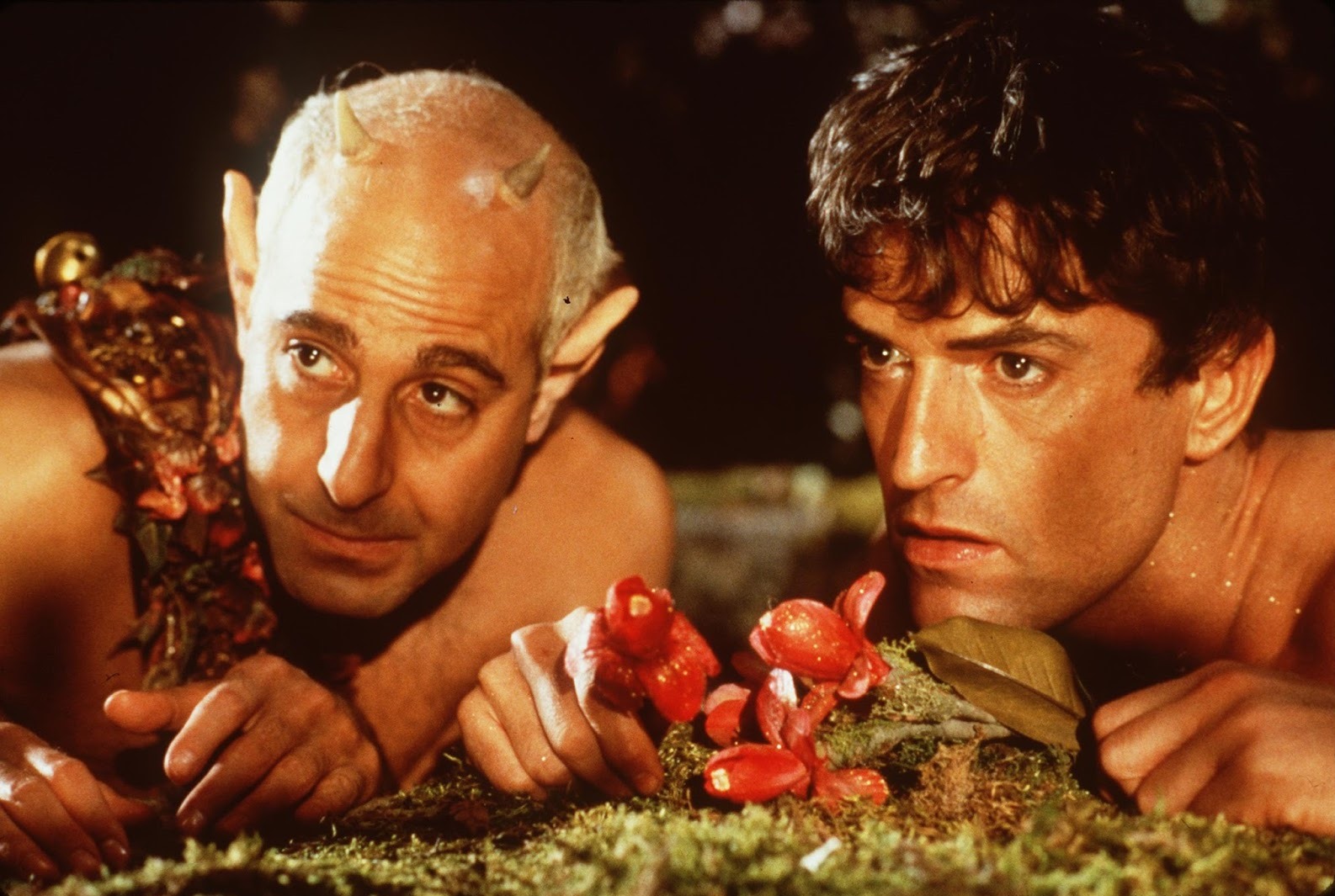
A Midsummer Night's Dream (1999) Moria
And hang a pearl in every cowslip's ear. Farewell, thou lob of spirits; I'll be gone: Our queen and all our elves come here anon. Puck. The king doth keep his revels here to-night: Take heed the queen come not within his sight; For Oberon is passing fell and wrath, Because that she as her attendant hath.
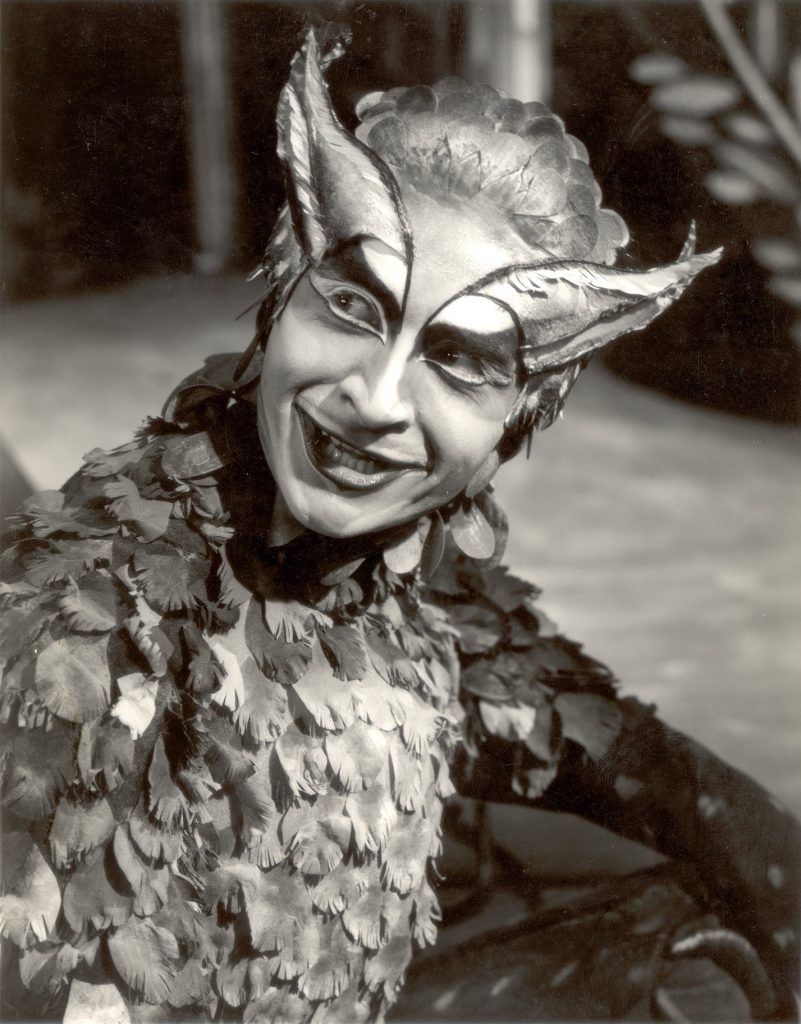
Shakespeare Module 3 Shakespearean Comedy and A Midsummer Night’s
Puck is described by the Fairy in Act II, Scene 1 of Midsummer Night's Dream as a sprite fairy. A sprite is a particular species of fairy that has a human form, pointed ears, sparkly fairy dust.

A Midsummer Night's Dream RonnierosClarke
At the end of A Midsumme Night's Dream, William Shakespeare (via Puck), with a nod and a wink, addresses the audience to tell them that the play has been a s.

"Puck, from a Midsummer Night's Dream" by Ray Shuell Redbubble
Next: A Midsummer Night's Dream, Act 3, Scene 2 Explanatory Notes for Act 3, Scene 1 From A Midsummer Night's Dream.Ed. K. Deighton. London: Macmillan & Co. 2. Pat, pat, in the very nick of time; cp. Haml. iii. 3. 73, "Now might I do it pat." Skeat says, "This can hardly be other than the same word as pat, a tap..But the sense is clearly due to an extraordinary confusion with Du. pas, pat.

Puck (A Midsummer Night's Dream) Wikipedia
Though there is little character development in A Midsummer Night's Dream and no true protagonist, critics generally point to Puck as the most important character in the play. The mischievous, quick-witted sprite sets many of the play's events in motion with his magic, by means of both deliberate pranks on the human characters (transforming Bottom's head into that of an ass) and.
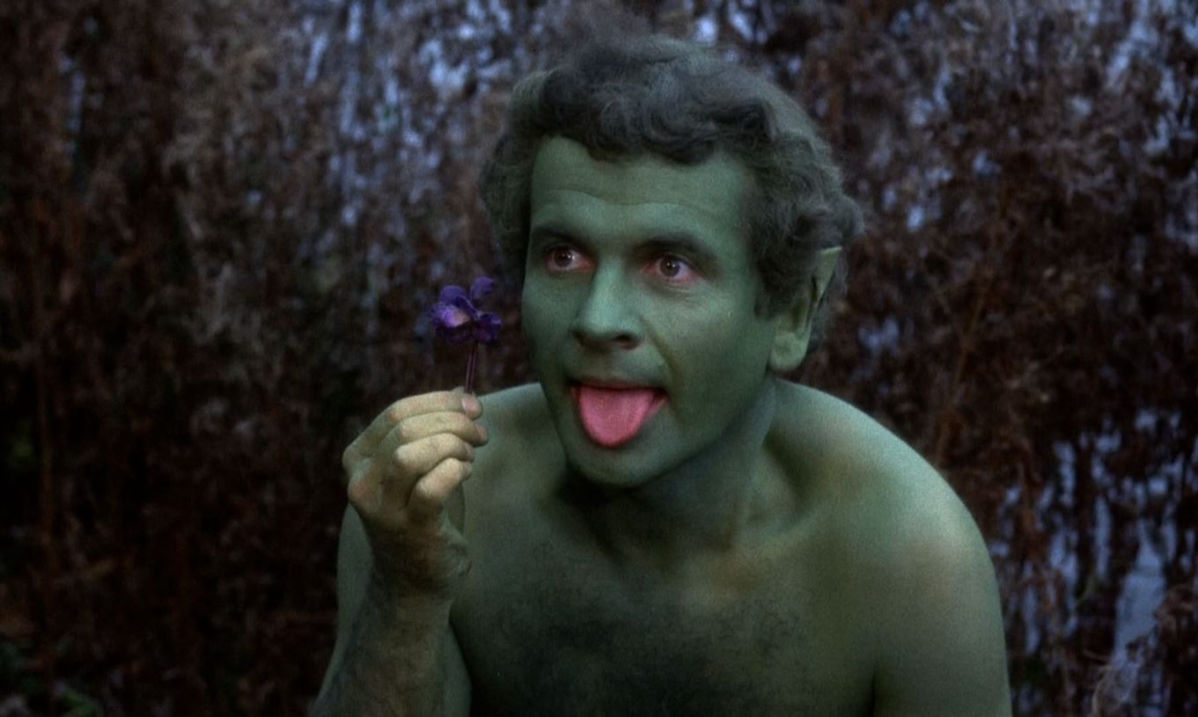
Puck on Film 1968 A Midsummer Night's Dream
Speeches (Lines) for Puck. in "Midsummer Night's Dream". How now, spirit! whither wander you? Take heed the queen come not within his sight;. I am that merry wanderer of the night.. I remember. In forty minutes. Ay, there it is. Fear not, my lord, your servant shall do so.

New York City Ballet A Midsummer Night’s Dream New York DanceTabs
Puck, A Midsummer Night's Dream. Puck is a character in Shakespeare's play, A Midsummer Night's Dream. His name is Robin Goodfellow but he's known as Puck in the play. He is one of the fairies who inhabit the forest, and is the servant of the Fairy King, Oberon. In Puck Shakespeare has included a character out of European folklore into.

A Midsummer Night's Dream Act 2 Scene 1 Shakespeare Learning Zone
By Dr Oliver Tearle (Loughborough University) 'If We Shadows Have Offended' is the opening line of Puck's closing speech from Shakespeare's A Midsummer Night's Dream.In summary, the speech sees Puck (also known as Robin Goodfellow) seeking forgiveness from the audience if the fairies (including Puck himself) have 'offended' any of the audience with their antics.
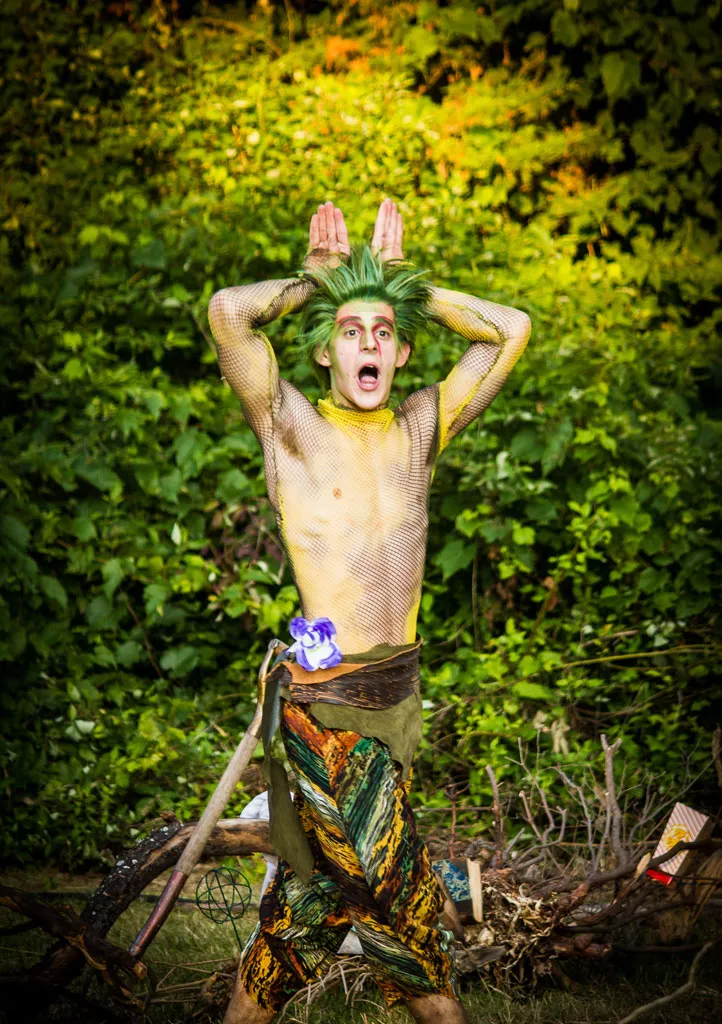
Theater Review A Midsummer Night's Dream, Vermont Shakespeare Co
Puck, the vivacious fairy, henchman for Oberon, and narrator in Shakespeare's A Midsummer Night's Dream. Notorious for his mischievous deeds, Puck makes witty, fanciful asides that serve to guide the play and its outrageous action. Although belief in fairy creatures was strong in medieval England,

Fine Art Print Puck Whimsical Publishing & Illustration
Puck, also known as Robin Goodfellow, is a mischievous and playful character in William Shakespeare's play, A Midsummer Night's Dream. This enchanting comedy, first performed in the late 16th century, follows the adventures of four young lovers and a group of amateur actors who get caught up in the magical world of fairies.

Puck In A Midsummer Night'S Dream DREAM KJW
From: A Midsummer Night's Dream. Casting type notes: Puck, or Robin Goodfellow, is a cheeky sprite who causes trouble (accidentally and on purpose) all through A Midsummer Night's Dream.The character is referred to as a 'he', but it is common for Puck to be played by actors of all ages and genders.
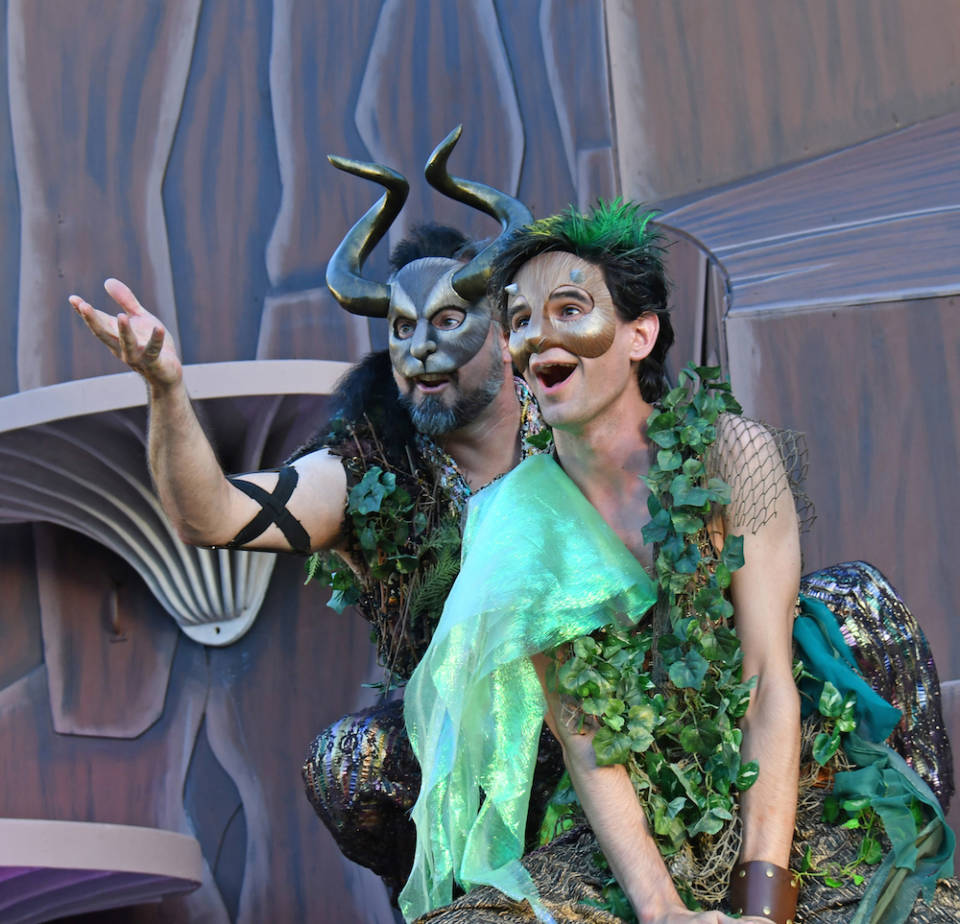
Moonlight Revels and Fairy Magic in 'A Midsummer Night’s Dream' KQED
Puck, or Robin Goodfellow, is a character in William Shakespeare 's play, A Midsummer Night's Dream . Based on the Puck of English mythology and the púca of Celtic mythology, [1] [2] Puck is a mischievous fairy, sprite, or jester. He is the first of the main fairy characters to appear, and he significantly influences events in the play.

The many sides of Puck come out in three versions of ‘Midsummer’ The
Nick Bottom. A type of fairy called a "puck," Puck is Oberon's faithful servant, but is also mischievous and enjoys nothing more than playing tricks and causing trouble. He has all sorts of magical abilities, from changing shape, to turning invisible, to assuming different people's voices, to transforming a man's head into an ass's head.

A Midsummer Night's Dream Story Timeline Shakespeare Learning Zone
The Great Gatsby. Hamlet. Of Mice and Men. Frankenstein. Pride and Prejudice. The Great Gatsby. Hamlet. Of Mice and Men. Enjoy best online collection of Puck quotes from A Midsummer Night's Dream by William Shakespeare at AllGreatQuotes.